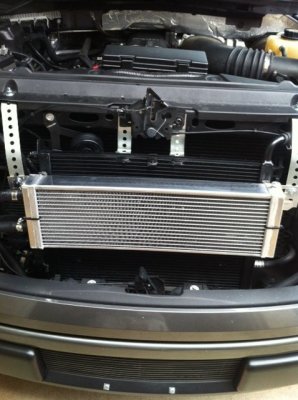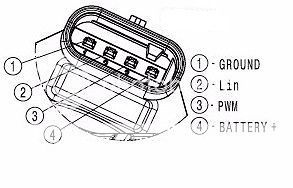thanks for all the input.
too many posts to try and quote, but to summarize, I find my iat2f's in line with those related to in previous posts regarding ambient temps and intake air temps, and the dual and triple pass heat exchangers. this information helps quite a bit, actually, thanks.
I am aware of the appropriate pid's to monitor as far as datalogging is concerned. I real time monitor (as a gauge pod) those mentioned earlier...iat2f's, engine coolant and measured afr banks 1 and 2
I have the live link soft ware installed, but I haven't done any actual recording of the data, and then forwarding it to the tuner.
I'm not trying to break any new ground, just make an informed decision regarding an upgrade. As is, it appears that moving to the afco unit wouldn't net the desired results, which are to keep the ecu from pulling timing as intake temps rise.
it's not a race car, just a hobby, and I enjoy chasing these things down and trying to figure them out, if possible.
FWIW, I'm running actually a hodge-podge of heat exchangers. The one behind the bumper that came with the blower, and then I added the larger roush unit in front of the radiator, I then added a 14'' fan behind that, and lastly I added another heat exchanger in front of the upper roush unit that measures something like 2x26x7, if memory serves correctly. I probably have about $250 invested in the add on units.
it's an in line device with a digital gauge attached that provides real time monitoring. It can be installed in the cabin, but I have elected not to. it actually splices into the cooling loop.
thanks for all your help, everyone.
too many posts to try and quote, but to summarize, I find my iat2f's in line with those related to in previous posts regarding ambient temps and intake air temps, and the dual and triple pass heat exchangers. this information helps quite a bit, actually, thanks.
I am aware of the appropriate pid's to monitor as far as datalogging is concerned. I real time monitor (as a gauge pod) those mentioned earlier...iat2f's, engine coolant and measured afr banks 1 and 2
I have the live link soft ware installed, but I haven't done any actual recording of the data, and then forwarding it to the tuner.
I'm not trying to break any new ground, just make an informed decision regarding an upgrade. As is, it appears that moving to the afco unit wouldn't net the desired results, which are to keep the ecu from pulling timing as intake temps rise.
it's not a race car, just a hobby, and I enjoy chasing these things down and trying to figure them out, if possible.
FWIW, I'm running actually a hodge-podge of heat exchangers. The one behind the bumper that came with the blower, and then I added the larger roush unit in front of the radiator, I then added a 14'' fan behind that, and lastly I added another heat exchanger in front of the upper roush unit that measures something like 2x26x7, if memory serves correctly. I probably have about $250 invested in the add on units.
Is this an in line device you have with a gauge on the dash or means of datalogging or is it simply a hand held probe type device you are putting in the HE res and checking the temps with the hood up while the car idles?
it's an in line device with a digital gauge attached that provides real time monitoring. It can be installed in the cabin, but I have elected not to. it actually splices into the cooling loop.
thanks for all your help, everyone.
Last edited:




